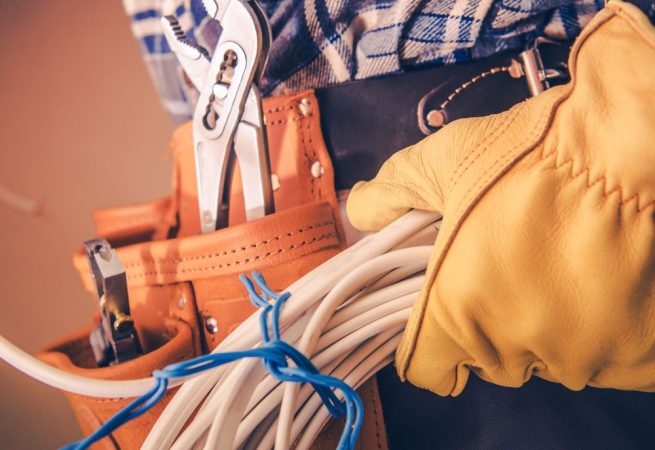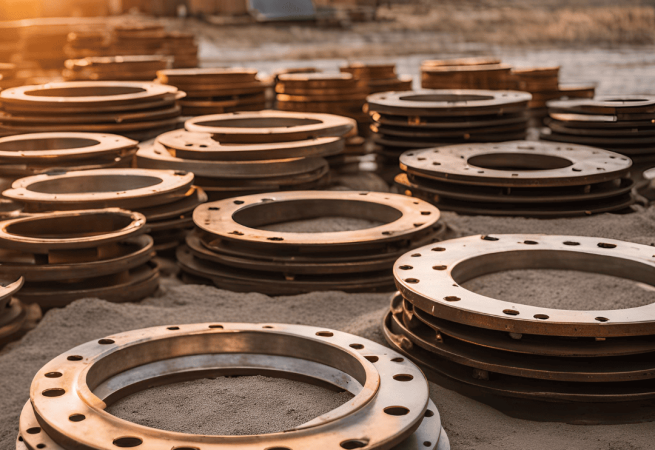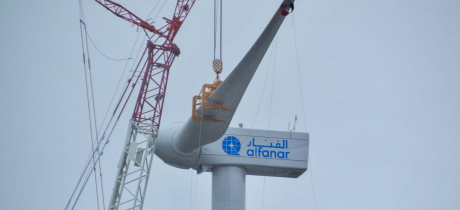
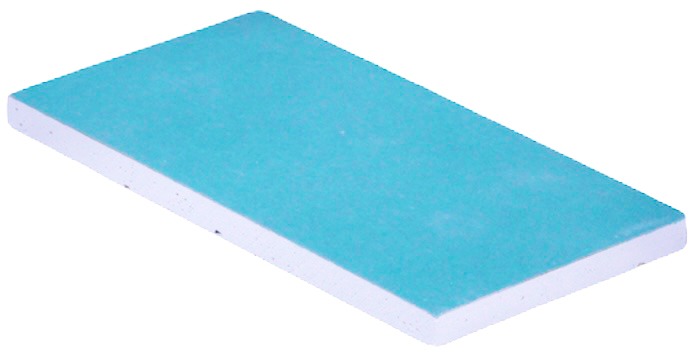
DIY Ceiling Tile Projects to Enhance Your Interior Decor
Ceiling tiles are a popular and practical way to enhance the interior decor of any space. While there are many ready-made options available in the market, DIY ceiling tile projects offer a more personalized touch to your home or office.
In this guide, we will explore various DIY ceiling tile projects that you can easily do at home with minimal tools and materials.
Materials Required
- Ceiling tiles
- Measuring tape and pencil
- Adhesive
- Utility knife
- Paint and paintbrushes
- Ladder or step stool
Now that we have our materials ready, let’s explore some creative DIY projects using ceiling tiles.
1. Faux Tin Ceiling
Tin ceiling tiles are known for their vintage and industrial look. However, they can also be quite expensive. With this DIY project, you can achieve the same effect at a fraction of the cost.
Start by measuring your ceiling and purchasing enough faux tin tiles to cover the desired area. Next, use adhesive to attach the tiles to your ceiling, making sure they are evenly spaced and level.
Once the tiles are in place, you can leave them as is for a classic look or paint them in any color of your choice for a more modern twist. You can also add a metallic sheen by using metallic spray paint.
2. Fabric-Covered Ceiling
This DIY project is perfect if you want to add texture and warmth to your ceiling. First, measure and cut pieces of fabric that are slightly larger than your ceiling tiles.
Next, apply adhesive on the back of each tile and carefully press it onto the fabric, making sure there are no air bubbles. Trim any excess fabric and let the tiles dry completely.
Now, install the fabric-covered tiles on your ceiling using adhesive or a staple gun. You can also add beadboard trim around the edges of each tile for a more polished look.
3. Painted Pattern Ceiling
If you have basic white ceiling tiles, you can easily transform them into a statement piece by painting a pattern on them. Some popular options include chevron, herringbone, or Moroccan-inspired designs.
Start by sketching out your desired pattern on paper to use as a guide. Then, using painter’s tape, mark off the areas to be painted on each tile. Use paint in complementary colors to fill in the pattern, and let it dry completely before removing the tape.
For an added touch, you can also paint the edges of each tile in a contrasting color. This DIY project is a great way to add personality and visual interest to any room.
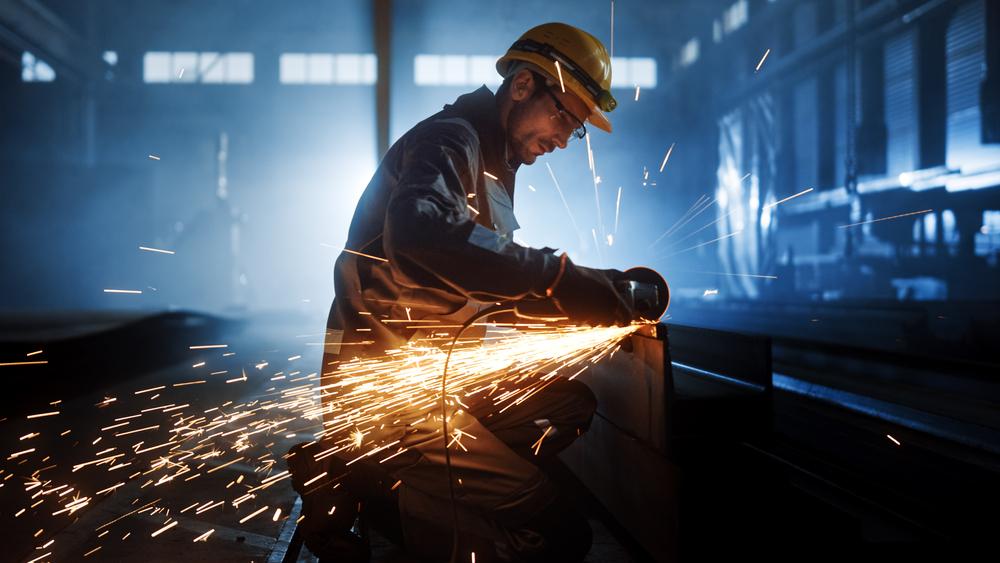
Essential Tools and Equipment for Quality Structural Fabrication
Structural fabrication is the process of creating metal structures by cutting, bending and assembling structural steel components. This process requires a variety of tools and equipment to ensure accuracy, precision and efficiency in the fabrication process. In this article, we will discuss the essential tools and equipment needed for quality structural fabrication.
Cutting Tools
- Saw:
A saw is an essential tool used for straight cuts on large pieces of metal. It can be hand-held or mounted on a table depending on the type of saw and the size of the material being cut. Some common types of saws used in structural fabrication include band saw, cold saw, and circular saw.
- Plasma Cutter:
A plasma cutter is a high-powered cutting tool that uses a jet of hot plasma to cut through metal. It is ideal for cutting thicker materials or materials with irregular shapes.
- Oxy-fuel Torch:
An oxy-fuel torch is another popular cutting tool that uses a combination of oxygen and fuel gas to create a high-temperature flame for cutting through metal. It is commonly used for precision cuts on thinner materials.
Bending Tools
- Press Brake:
A press brake is a machine that uses a hydraulic or mechanical press system to bend metal sheets into various shapes and angles. It is ideal for producing precise bends on large volumes of material.
- Roller Bender:
A roller bender, also known as a roll bender, is a tool used for curving flat metal sheets into cylindrical or conical shapes. It works by passing the sheet through multiple rollers with gradually increasing pressure.
- Tube Bender:
As the name suggests, a tube bender is used specifically for bending hollow metal tubes into various angles and curves. It can be operated manually or hydraulically, depending on the size and complexity of the bends.
Welding Tools
- MIG Welder:
A MIG welder, also known as a wire feed welder, uses a wire electrode fed through a welding gun to create an electric arc for fusing two metal pieces together. It is ideal for fast and efficient welding on thinner materials.
- TIG Welder:
A TIG welder, also known as a gas tungsten arc welder, uses a non-consumable tungsten electrode to create an electric arc for melting and joining metal pieces together. It is commonly used for precision welding on thicker materials.
- Stick Welder:
A stick welder, also known as a shielded metal arc welder, uses a consumable stick electrode coated in flux to join metal components together. It is suitable for outdoor or remote welding applications.
With these tools, skilled welders can create strong and durable connections between metal components, ensuring the structural integrity of the fabricated product.









